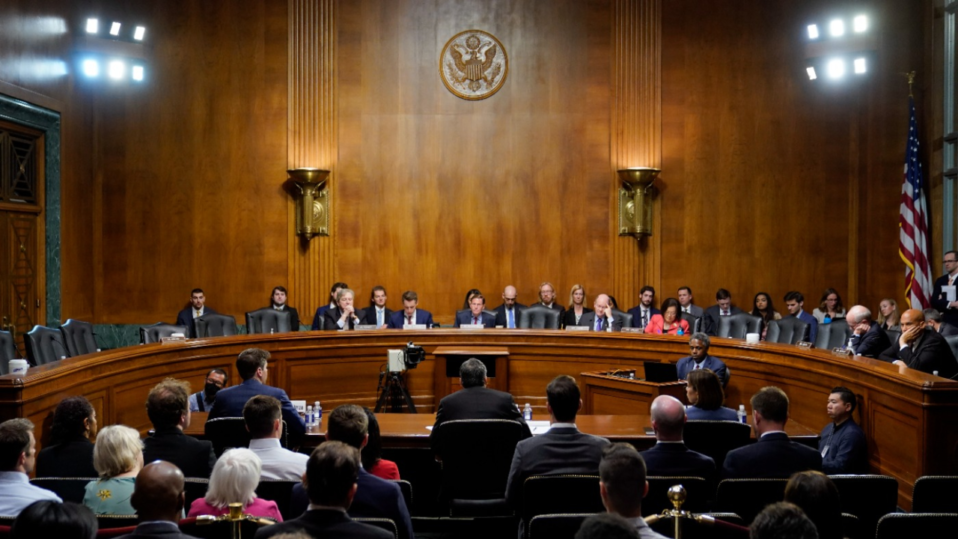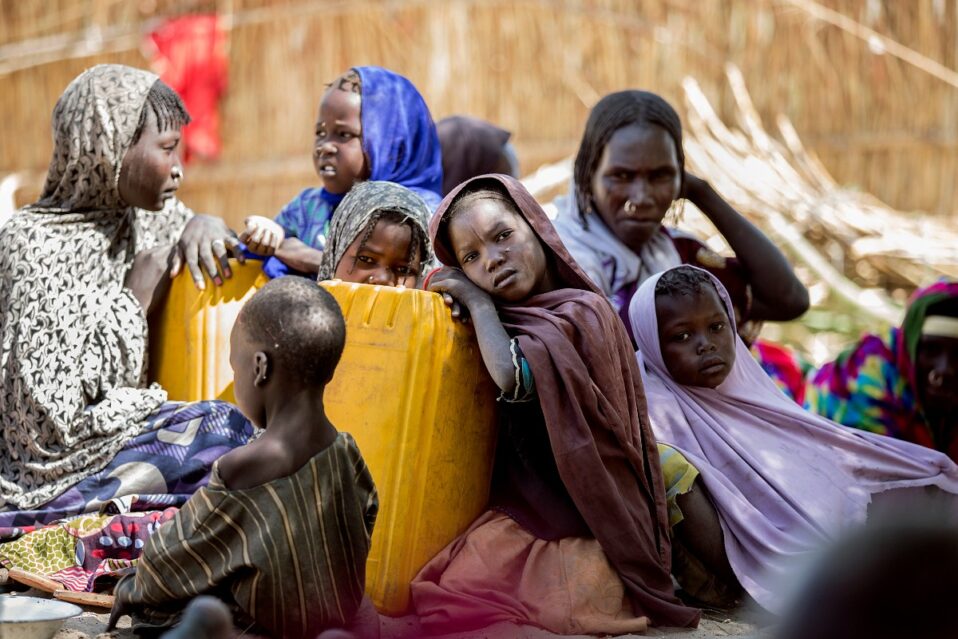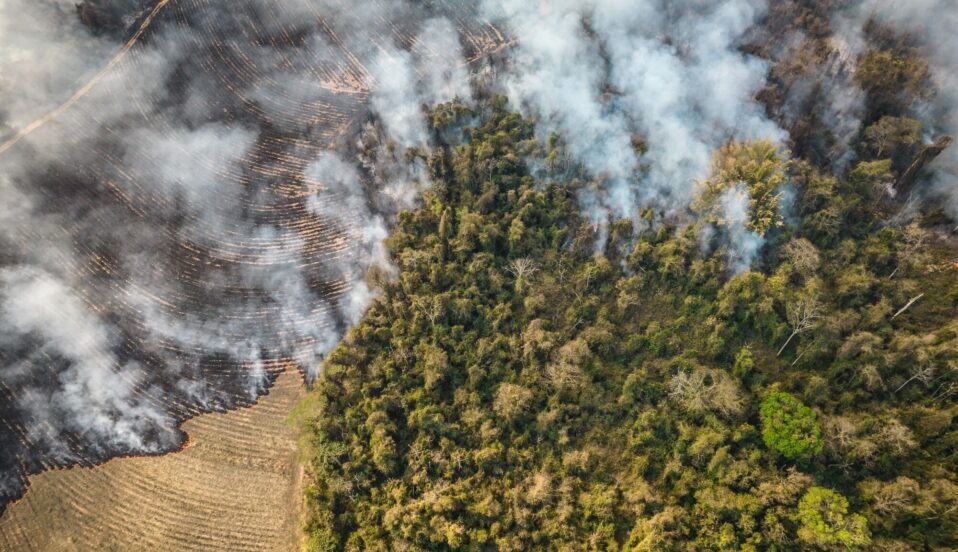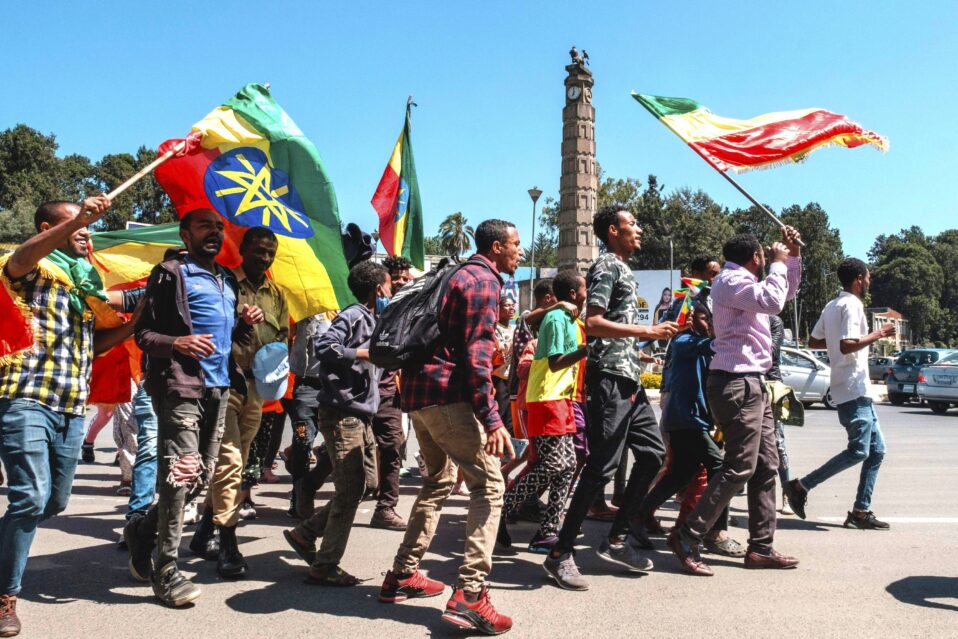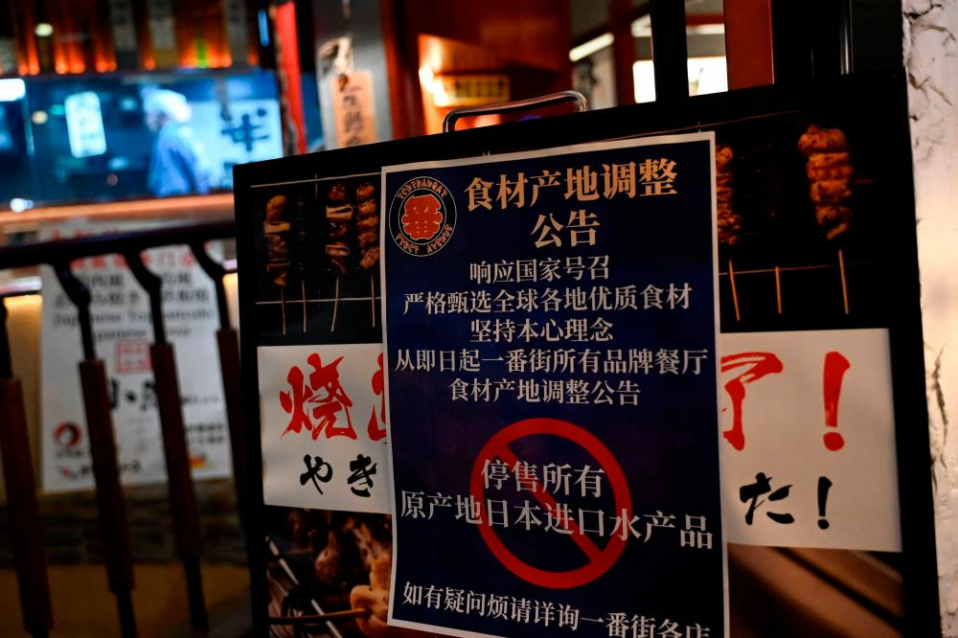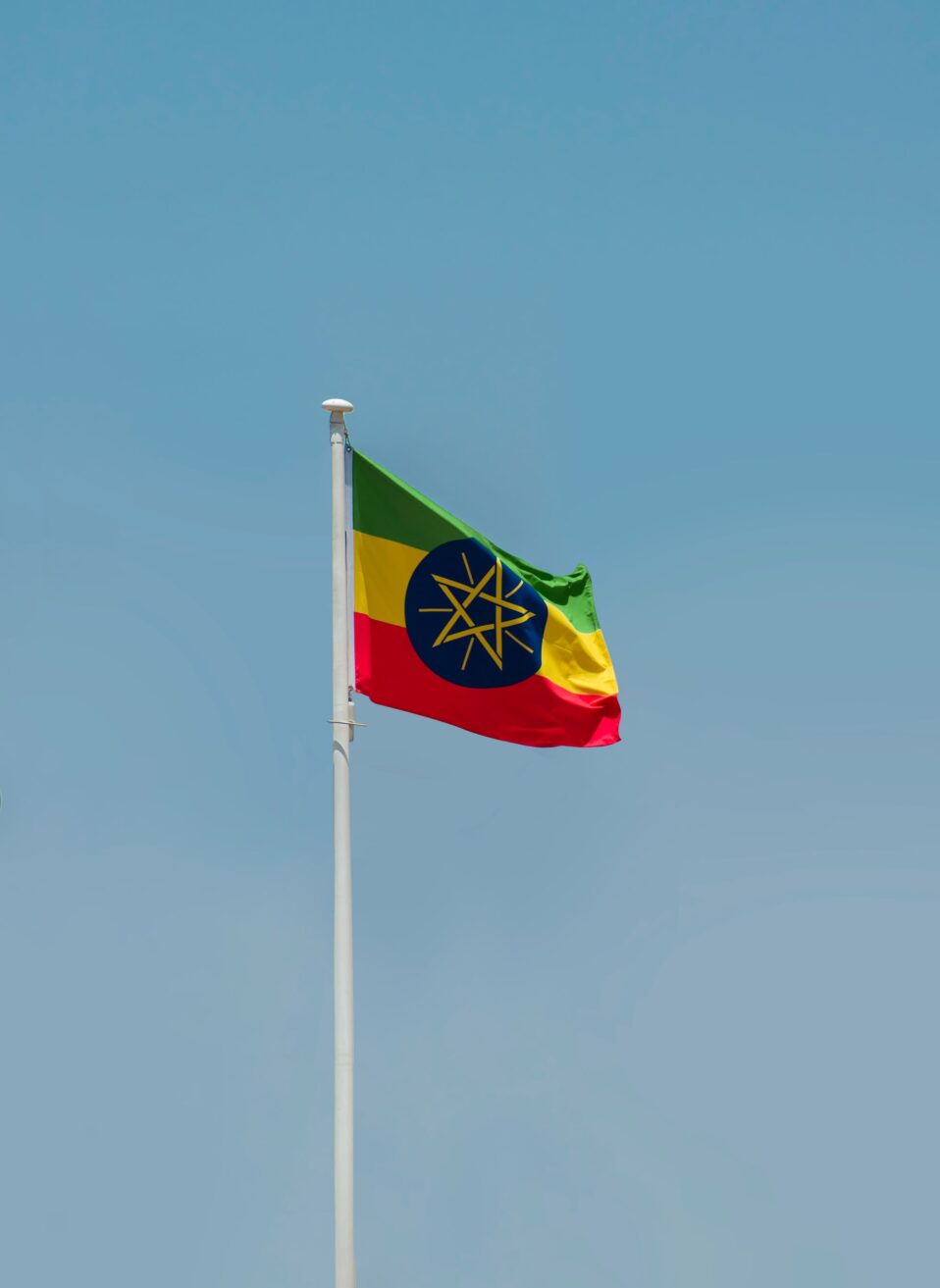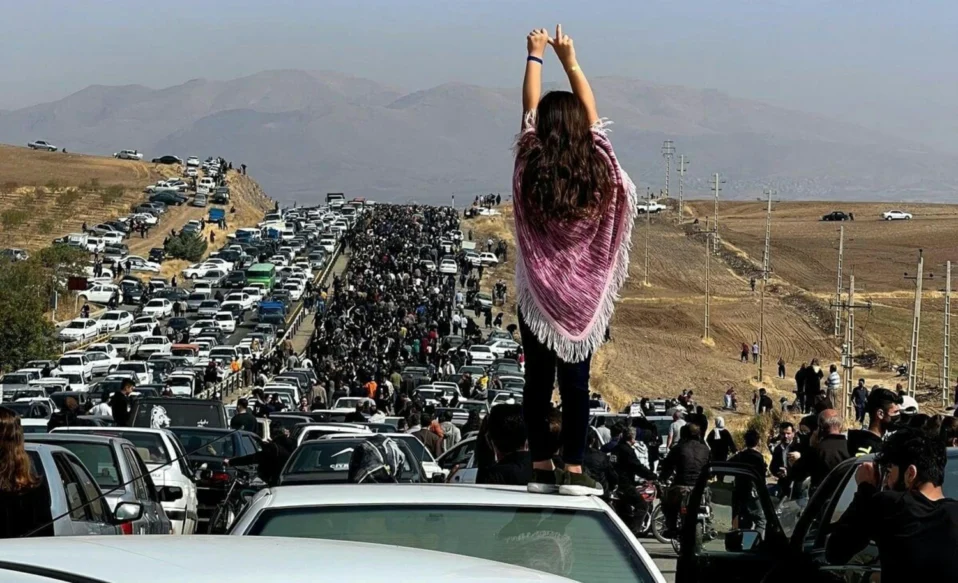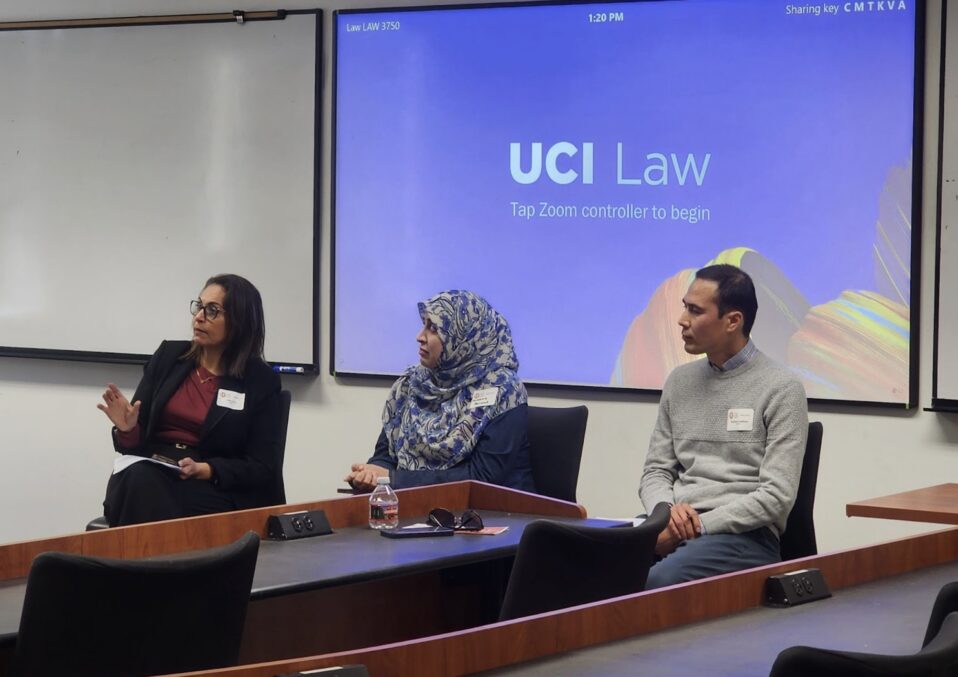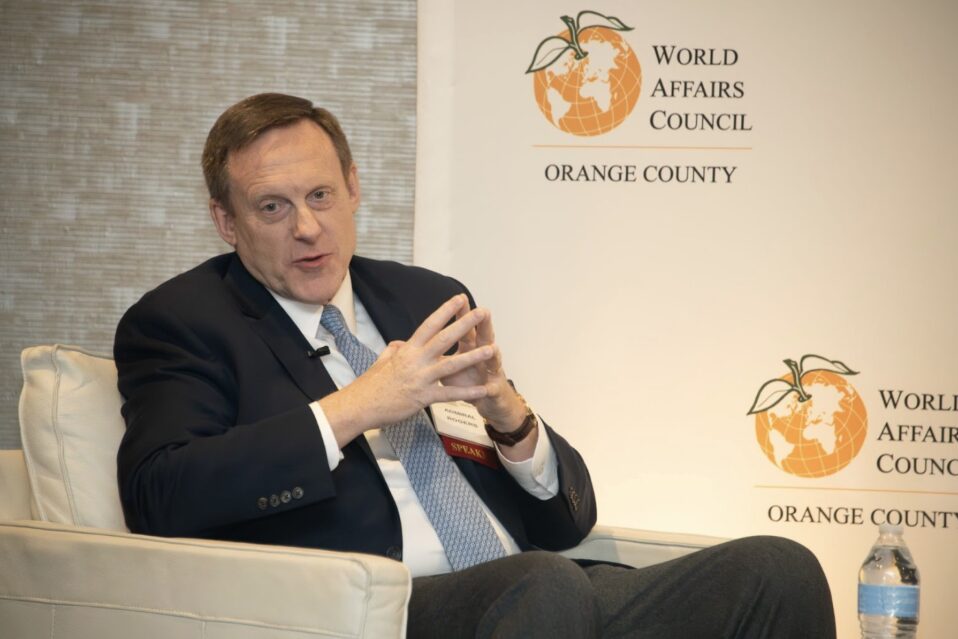U.S. Senate Judiciary Subcommittee on Privacy, Technology and the Law hearing on artificial intelligence. (AP Photo/Patrick Semansky)
Artificial Intelligence (AI) Regulation and Competition
Between COVID-19, global conflicts, democratic backsliding, and escalating U.S.-China tensions, the 2020s have not had an inspiring first half. Amidst this backdrop, rapid advancements in artificial intelligence (AI) have changed the long game for international relations. According to Nathaniel C. Fick, ambassador for cyberspace and digital policy at the State Department, tech is increasingly becoming “the whole game,” and will be a defining sector for U.S.-China competition. Given the risks associated with unfettered AI use and development, regulation is inevitable. However, U.S. AI policies and regulations should remain conscientious of the potential global impacts of domestic policies.
Currently, the U.S. and China are leaders in AI research and technology, with Silicon Valley alone hosting several major AI developers such as Anthropic, Google, Meta, and Open-AI. AI presents various concerns surrounding data privacy, job replacement, and disinformation. Consequently, significant discourse in the U.S. revolves around ways to regulate AI, and has resulted in an emerging patchwork of legislation at the state and federal levels. Despite this, global uses are often secondary in U.S. AI policy discourse, as discussion is often framed in the context of domestic impacts, cyber security, and U.S.-China tech competition. As other countries will largely be subscribing to U.S. or Chinese AI systems, the U.S. should pursue its tech policy through a global lens if it aims to assert leadership and set responsible global norms for this technology. China has already established a variety of AI regulatory policies from which the U.S. can learn from and refine with global applications in mind.
Despite being a top AI developer, the U.S. is comparatively less optimistic about the positive potential of AI than its global counterparts. In Google and Ipsos’ 2024 report “Our Life with AI,” there is a disconnect across surveys on AI outlooks, with the U.S. reporting the least optimism around AI of countries surveyed. In contrast, countries categorized as emerging had the most optimistic outlooks on AI’s potential. This disconnect in optimism could impact U.S. attempts to regulate AI. If domestic efforts are less receptive to AI’s positive potential and are not globally conscientious, then well meaning policies could inadvertently contribute to the global tech divide, and neglect AI’s positive uses towards development.
Optimism for Sustainable Development
A major source of global optimism surrounding AI is its potential to accelerate sustainable development. The Sustainable Development Goals (SDGs) are 17 goals to improve socio-economic and political issues adopted by all United Nations Member States (193 countries) in 2015 for achievement by 2030. Now, more than halfway to 2030, 84% of SDG targets have stagnated or seen progress regression, and only 16% are on track or have been met. This stagnation can be partially attributed to the socio-economic strains caused by COVID-19, however, current action is necessary if these goals are still to be met by the 2030 target. There is optimism surrounding AI’s potential to accelerate and recuperate progress across all 17 goals.
Based on the 2024 research brief “AI in Action,” by Google, AI can especially impact progress on SDG 3 (Good Health and Well-being), SDG 4 (Quality Education), and SDG 13 (Climate Action). This is particularly motivating given that these goals currently face challenges ranging from “major” to “significant”. Currently, the largest category for AI’s potential use towards the SDGs is within healthcare (SDG 3), constituting 28% of SDG use cases. These uses span diagnosis, research, clinical, and preventative care, and can improve progress on SDG 3 by expanding medical knowledge and improving treatments. A similar optimism can be seen with AI’s potential for assisting SDG 4 towards quality education via access to affordable education and individualized instruction given access to the internet.
Perhaps most promising is the potential for AI to improve progress on climate action (SDG 13). According to the World Economic Forum’s 2024 Global Risks Report, the three greatest concerns in the next ten years were environmentally related across experts surveyed in the civil society, international organization, academia, government, and private sectors. This is due to climate change’s ability to amplify threats to human security through forced displacement, food scarcity, and extreme weather. In this regard, there is significant potential for AI to assist with emission monitoring and preventative action before climate disruptions and displacement.
Globally Minded Policy
It is important that U.S. AI policy bears global application in mind to encourage AI’s positive uses for development. Participants of the September 18th 2023, United Nations’ 78th Session High Level Week expressed agreement that the development of AI has the potential to accelerate SDG progress, but could worsen the global tech divide if not responsibly and inclusively developed. One recommendation for improving AI’s global application includes promoting standards of reliable and representative datasets to avoid algorithmic bias. Algorithmic bias is already a concern surrounding AI in the U.S., however, promoting measures for cultural, linguistic, and perspective diversity in data sets will strengthen its potential for positive impact globally.
Developing effective regulations will also involve learning from the pitfalls of past technology policies. With the rise of social media, as detailed in David Kay’s book “Speech Police,” digital privacy and safety concerns by governments drove regulations that placed pressure on private companies to self-regulate their user’s content, resulting in a concentration of censorship power in some private companies. With AI, it is important that emerging policies do not end at company self-regulation, but maintain governmental review for accountability. Furthermore, given the U.S.’ global AI leadership and competition with China, U.S. AI policies should regularly include global considerations into regulation to ensure that legislation does not limit positive potential and that the U.S. remains a competitive global provider for beneficial AI uses.
Conclusion
Globally-minded U.S. policies on AI could provide advantages for the U.S. in its tech competition with China by appealing to global markets and making AI’s positive applications globally more attainable. AI has the potential to advance progress on stagnating SDGs, and U.S. policymakers should maintain global perspectives in developing regulations to help facilitate these applications. This should include policy emphasis on representatively diverse datasets and accountability measures at the company and government levels. While this decade has had a tense start, globally conscious U.S. leadership in AI could help secure a more prosperous turn of the decade.
Written by Research & Development Intern, Eli Sepulveda

